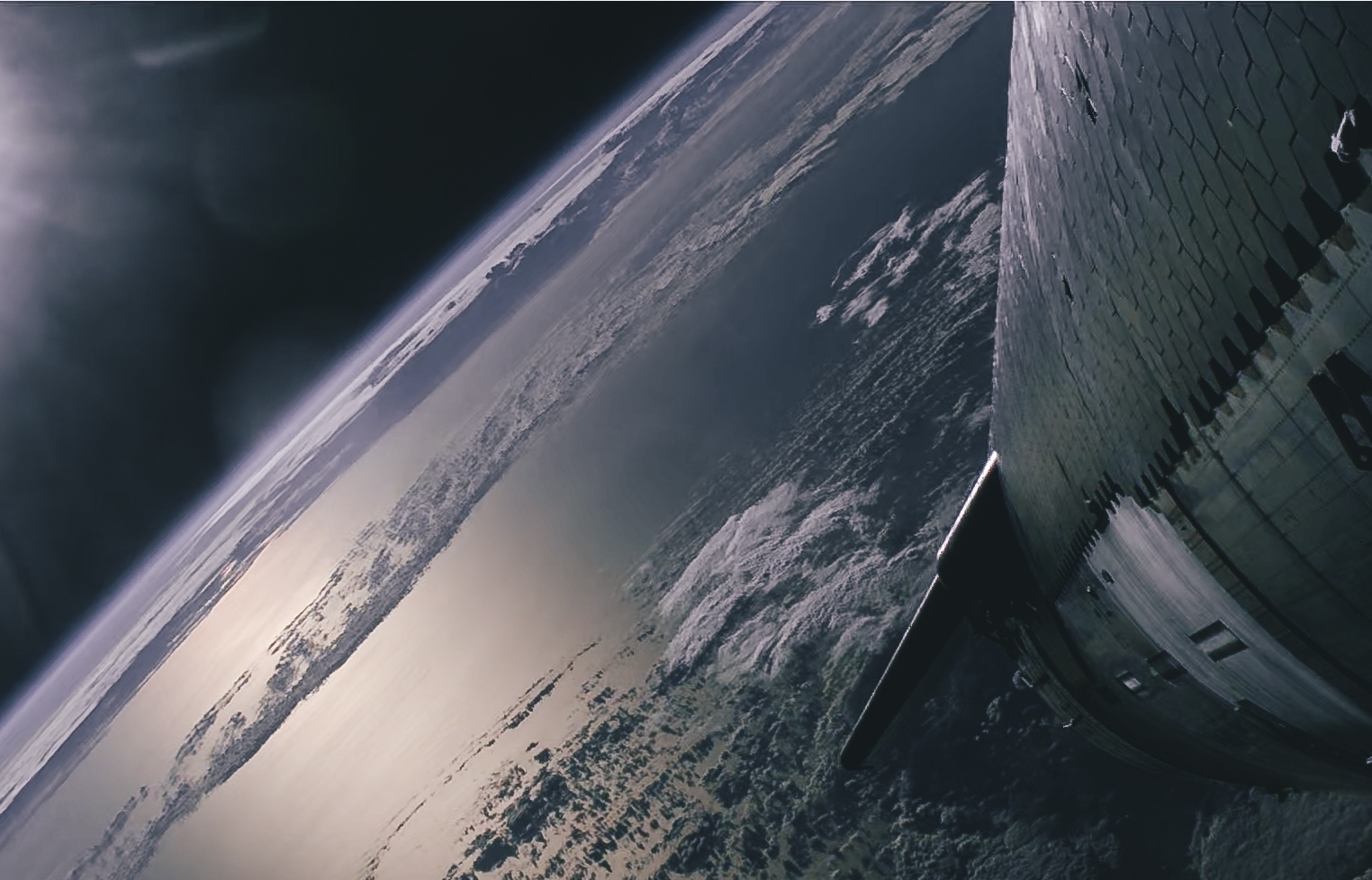In general, if you were to design an approach for docking between two vehicles, how would you do it? I'd do it tangentially because the head-on approach has no redeeming characteristics other than being able to squeeze small vehicles into the complex structure of a vehicle like the ISS.Hmm... aren't we talking small RCS thrusters here? How would the Raptor thrust imping on the other ship?
I wasn't trying to suggest that Raptor thrust was going to impinge the other ship on a Starship refueling. That's why I mentioned battleships and space stations - things that are inordinately beefy and would require huge thrusters. But do you want even small thrusters hitting your vehicle? Perhaps pushing exhaust gases into nooks and crannies, or across your optics or electronics or sensors, or knocking loose a thermal blanket? Think about the waste products in rocket exhaust.
Using thrust to move towards the target vehicle isn't a terrible thing. The exhaust from your engines isn't striking the target vehicle - so long as you only accelerate towards the target vehicle.That eliminates the need to use thrust to move towards each other... gotcha.
Dragon approaches the ISS very slowly and from a long distance because of the head-on approach. They're on a collision course with the ISS from the start, so they have to come in slowly. Compare that with a Dragon that comes in tangentially. They could come in at 20 m/s, and fire heavy thrusters to brake a few meters from the docking port. Then they could tiptoe up to soft capture. Just make sure that they only accelerate towards the station.
Shoot, maybe we should just use ropes like we used to throw between sailing ships to draw them together.




